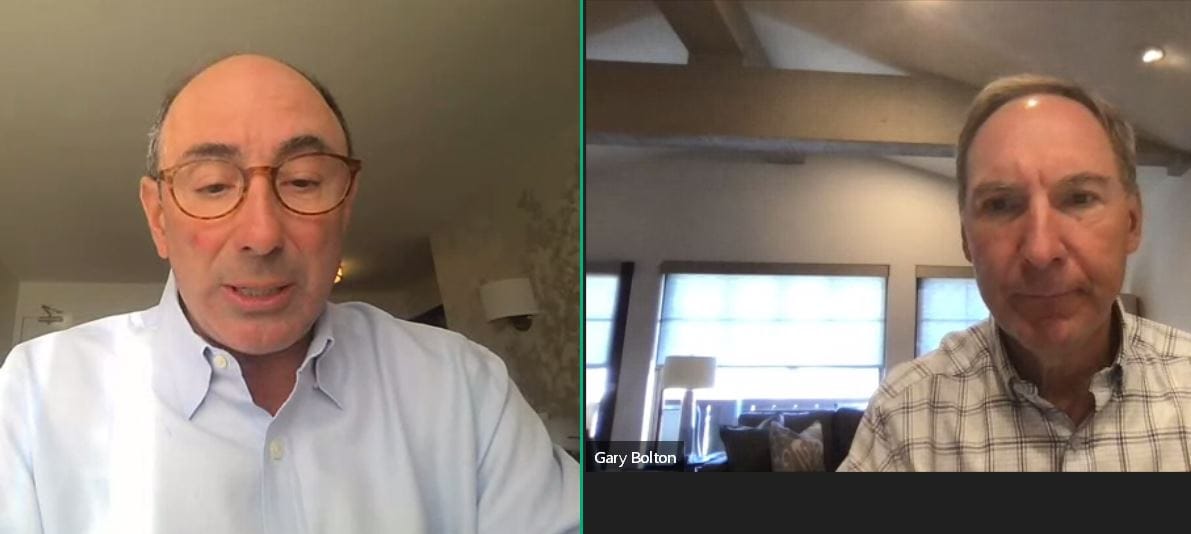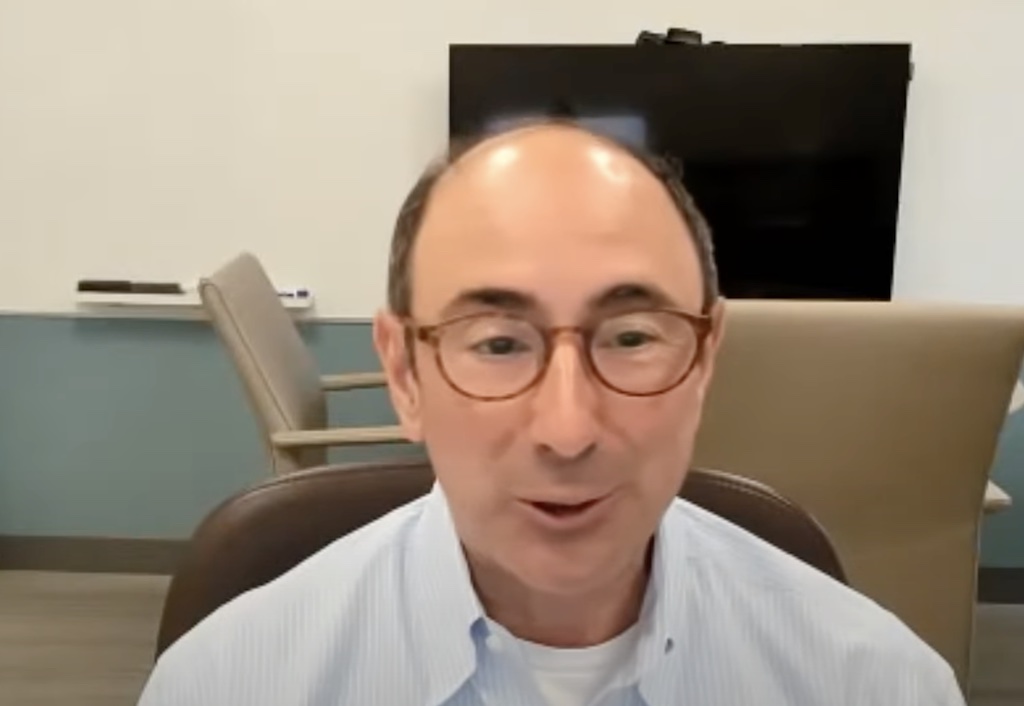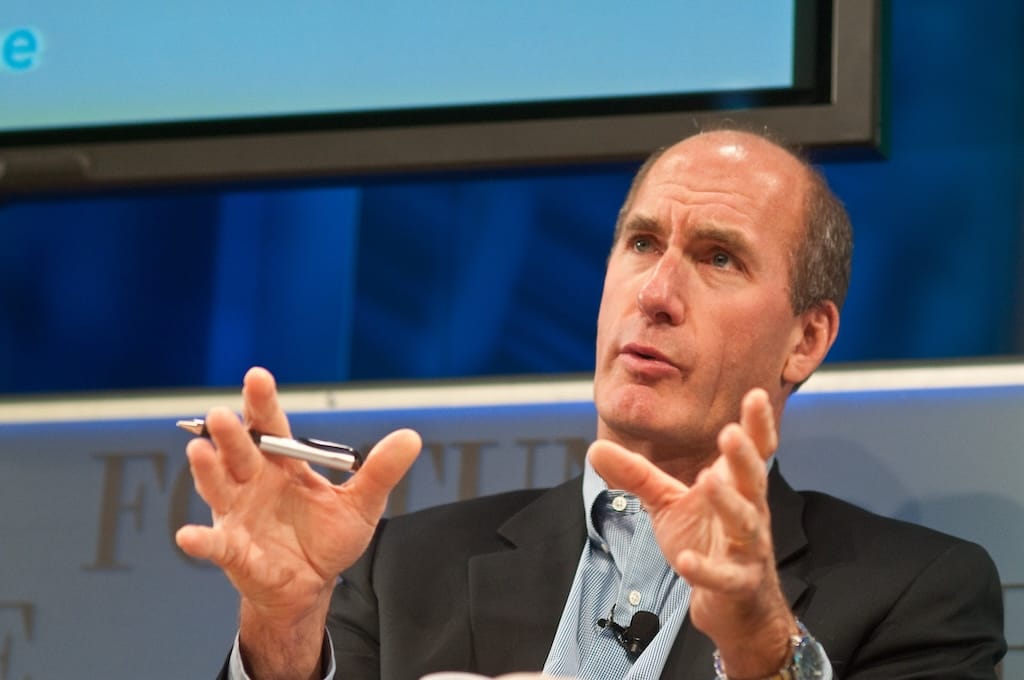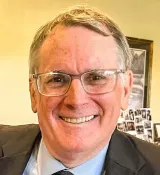Gigapower CEO Sees BEAD Flowing to Open Access
“We've spoken with a lot of broadband directors and they like the open access model."
Ted Hearn

WASHINGTON, June 5, 2024 – Some state broadband offices that will hand out broadband network construction dollars have put the word out that they are partial to the open access model that allows multiple Internet Service Providers to lease network capacity.
“We've spoken with a lot of broadband directors and they like the open access model. In fact, they prefer that, because they don't have to pick winners and losers,” Bill Hogg, CEO of Gigapower, the open-access venture backed by AT&T and private equity giant BlackRock, said Wednesday.
Hogg’s comments came during a half-hour discussion hosted by Fiber Broadband Association President and CEO Gary Bolton.
Gigapower is building fiber networks in Phoenix, Las Vegas, Albuquerque, panhandle Florida, Orlando, Scranton-Wilkes-Barre, Pa., the Charlotte metro area (including a little bit of South Carolina) and Minneapolis, Hogg said.
The plan is to pass 1.5 million locations with 10 Gigabits per second (Gpbs) service outside AT&T’s incumbent footprint.
In applying for money under the $42.5 billion Broadband Equity, Access, and Deployment Program, Gigapower plans to seek out locations adjacent to its current build locations.
“We're not likely to build islands out in the middle of nowhere that don't have some kind of adjacency to our footprint,” Hogg said.
AT&T and BlackRock announced the formation of Gigapower a year ago, promising to invest $1.5 billion in the project. The venture represents a break with the traditional broadband network model, where the network owner also serves as the ISP and denies access to third-party ISPs.
“It’s a model that is capital efficient for the ISPs because they don't have the big upfront capital required to go build a network, and they pay as they add subscribers. It's a success-based model for them,” Hogg said.
 Broadband BreakfastJake Neenan
Broadband BreakfastJake Neenan
Hogg compared Gigapower to wireless MVNO deals. In theory, there’s no limit to the number of ISPs that could hop on the Gigapower platform. But market reality suggests just a few ISPs can make it financially.
“As a practical matter, I would imagine that somewhere in that three to five range would be probably the max you would expect to see in a Gigapower market,” Hogg said.
Differentiation is key to an ISPs success on an open platform, with some ISPs planning to bundle in wireless plans and gaming services.
Hogg said he would not be surprised to see “affinity” bundles, saying an ISP might partner with AARP, for example, to pitch Internet access to users age 55 and older.
“ISPs can focus on the offer and the product and the service as opposed to the building of the network,” Hogg said.
Asked if AT&T will open its incumbent network to unaffiliated ISPs, Hogg said: “I think you probably have to ask AT&T that. I’ll steer clear of that one.”
 Broadband BreakfastJake Neenan
Broadband BreakfastJake Neenan









Member discussion